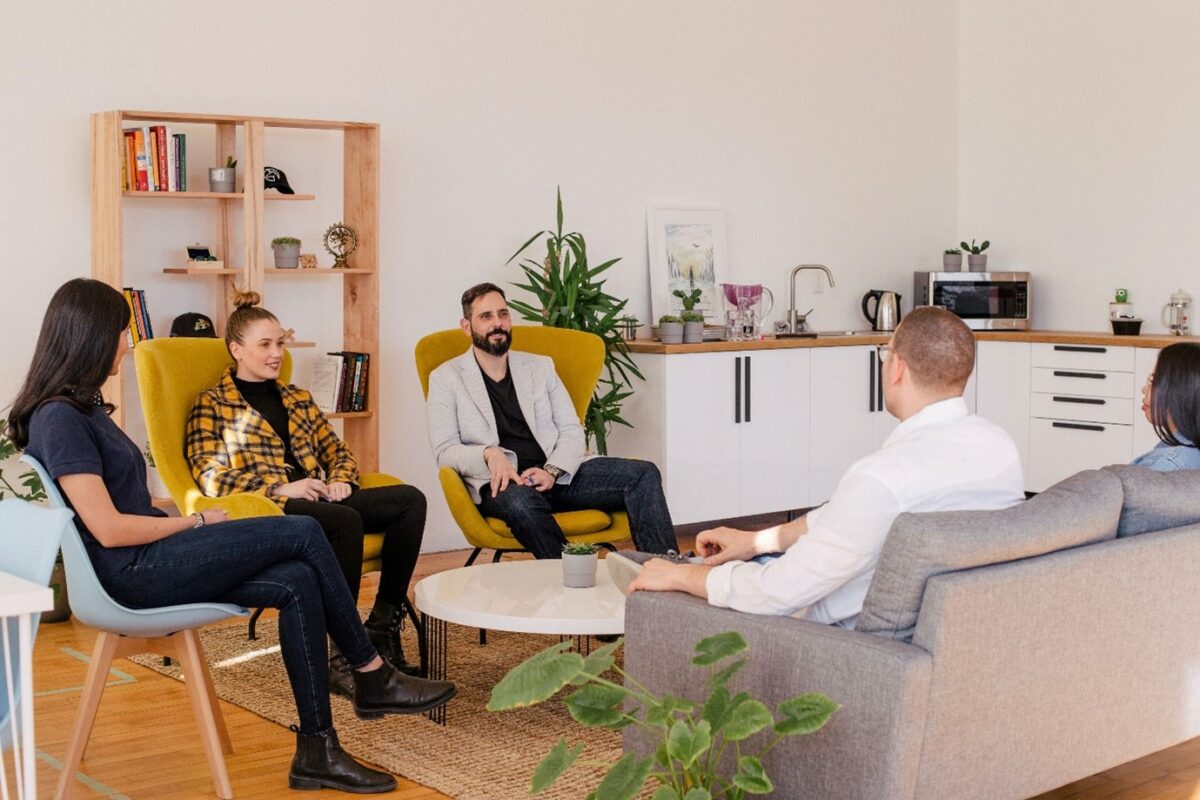Not all children and adolescents grow up in stable and supportive homes. Even in homes where parents do their very best for their child, there can be insurmountable problems with teen behavior and other challenging issues.
According to Alpine Academy Utah, abused children who live according to the Teaching Family Model not only improve but flourish. The program, which places children or adolescents in supportive homes with married couples, repeatedly sees positive, life-changing results.
Learning to Form Healthy Relationships
The Teaching Family Model promotes communication between the young person and their new family. Regular family meetings provide an open forum for children and youths to discuss their worries and offer their thoughts on the family dynamic.
When children feel heard and know that their opinion matters, they feel more empowered to contribute to the family environment, thus building stronger family bonds.
Living in a Natural Environment
While there are undoubtedly some young people who need time away from their families to get the help they need, it is often much more productive for them to reside within a natural family setting.
This way, they receive the time, support, and care that a loving family environment brings, along with consistent boundaries and structure they require to shape their growing minds.
Results of children living within the Teaching Family Model show better results than those living in group homes or boot camps.
Receiving Many-Faceted Support
No two young people are alike. Depending on their experiences, their needs can prove to be complex and challenging, and supporting them with a one-size-fits-all approach often proves detrimental.
Instead, children in Teaching Family Model programs receive a range of care that is personally tailored to suit their needs. Between therapeutic interventions, therapy sessions, quality schooling, and the supportive family environment, children have a plethora of ways to receive support.
The family teachers never ‘clock off’ – instead, they provide 24-hour assistance, so that no child in need faces any problems alone.
Such dedicated care means that the children in the program learn how to better articulate their feelings and communicate their thoughts to get the help they need more efficiently, and with greater success.

Equipping Children with Lifelong Skills
The Teaching Family Model is not meant to serve as a permanent foster or adoption solution. Instead, where possible, treatment aims to eventually see the child transition back to their own families, equipped with the skills they have honed.
These skills are for life, and include practical, communicative, educational, and social skills, which the children take back home with them and implement in their family life. Once they grow up and have their own children, these skills once again prove essential as they raise their own families.
Understanding Boundaries
Children must at times be told ‘no’ for their own wellbeing and safety. The Teaching Family Program instils the importance of boundaries while encouraging children to see why they are in place.
As a result, they learn that school, social, and family boundaries, and even discipline, are there not to restrict them or hold them back, but to ensure their security while guiding them forward.

